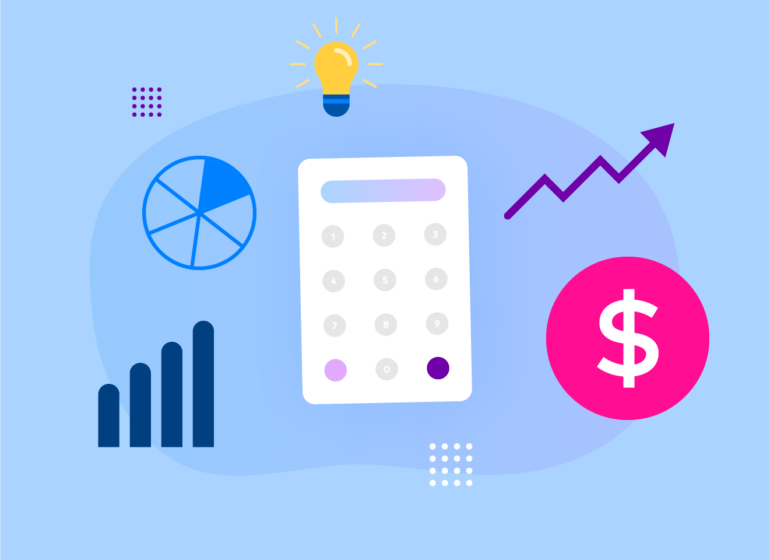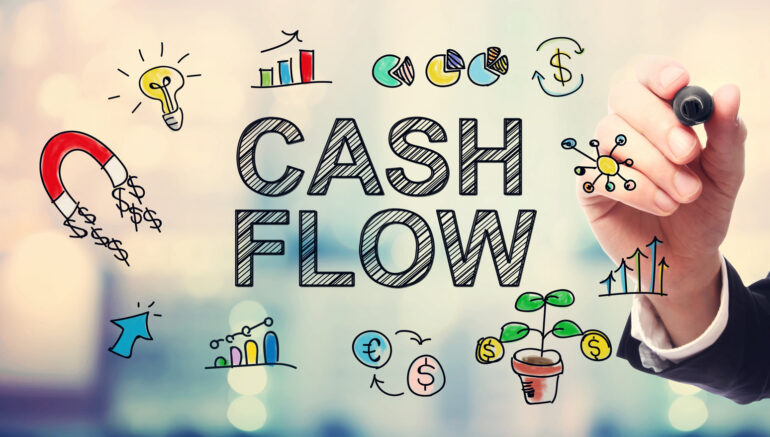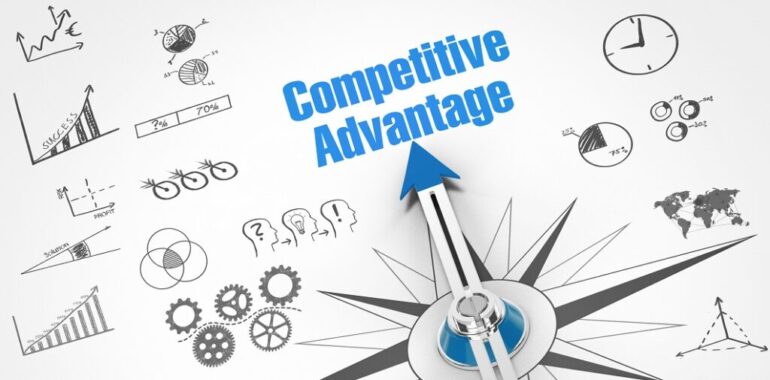Traditional pricing models often fall short in addressing the dynamic needs of modern businesses. Enter consumption-based pricing—a model that charges customers based on their actual usage. This approach offers a flexible, scalable solution that can drive efficiency and customer satisfaction.
Let’s explore how consumption-based pricing can be a game-changer for growing companies using distribution management software.
What is Consumption-Based Pricing?

Consumption-based pricing, also known as usage-based or pay-per-use pricing, charges customers based on how much they use a product or service. Unlike traditional subscription models where customers pay a fixed fee regardless of usage, this model aligns costs with actual consumption. For example, cloud services often use this model, charging customers for the amount of data stored or the computing power used.
Why Traditional Pricing Models Fall Short
Traditional pricing models, like flat-rate subscriptions, can be rigid and inefficient. Companies may end up overpaying for unused services or underpaying for overused services, leading to financial imbalances. These models often fail to account for varying usage patterns, making it difficult for companies to optimize their expenses and forecast budgets accurately.
The Flexibility Advantage
One of the most significant benefits of consumption-based pricing is flexibility. This model allows companies to scale their usage up or down based on their needs, paying only for what they consume. This flexibility is especially beneficial for growing companies that may experience fluctuating demand. Instead of being locked into a fixed plan, they can adjust their consumption, ensuring they only pay for what they use.
Cloud computing services like Amazon Web Services (AWS) and Microsoft Azure exemplify the power of consumption-based pricing. Businesses using these platforms pay for the exact amount of storage and computing power they need. This flexibility enables companies to manage their resources efficiently and scale operations without the burden of unnecessary costs.
Improved Cash Flow Management

Consumption-based pricing can significantly enhance cash flow management for growing companies. By aligning costs with usage, companies can avoid large upfront investments and spread expenses over time. This model also helps in forecasting and budgeting, as companies can predict their costs based on usage patterns.
Software as a Service (SaaS) companies benefit greatly from consumption-based pricing. Instead of charging a flat fee, they bill customers based on the number of users or the volume of transactions. This approach aligns revenue with customer value and reduces financial risk, leading to more stable cash flow.
Enhanced Customer Satisfaction
Aligning costs with usage not only benefits companies but also enhances customer satisfaction. Customers appreciate paying only for what they use, which fosters a sense of fairness and transparency. This model also encourages customers to utilize services more efficiently, knowing they won’t be charged for unused resources.
Streaming services like Netflix and Spotify offer consumption-based plans where customers can choose different tiers based on their usage. This flexibility ensures that customers get value for their money, enhancing their overall experience and satisfaction.
Encourages Efficient Resource Utilization
Consumption-based pricing incentivizes companies to use resources efficiently. Since costs are directly tied to usage, businesses are more likely to optimize their processes and eliminate waste. This efficiency not only reduces costs but also contributes to environmental sustainability by minimizing resource consumption.
Utility companies often use consumption-based pricing to charge customers for electricity, water, and gas usage. This model encourages consumers to use these resources wisely, leading to more sustainable consumption patterns and reduced environmental impact.
Driving Innovation and Competitive Advantage

For growing companies, consumption-based pricing can drive innovation and provide a competitive edge. This model encourages businesses to develop products and services that can be easily scaled and adjusted based on customer demand. By focusing on customer usage, companies can better understand market needs and tailor their offerings accordingly.
Startups, in particular, benefit from this model as it allows them to enter the market with lower costs and scale rapidly. By adopting consumption-based pricing, startups can attract a broader customer base with flexible pricing options, driving growth and establishing a competitive advantage.
Implementing Consumption-Based Pricing
Implementing consumption-based pricing requires a strategic approach. Companies need to invest in technologies that can accurately track and measure usage. Additionally, clear communication with customers about how usage is tracked and billed is crucial for transparency and trust.
Key Steps to Implementation
- Assess Feasibility: Determine if consumption-based pricing is suitable for your product or service.
- Invest in Technology: Implement systems to track and measure usage accurately.
- Customer Communication: Ensure customers understand how they will be billed.
- Monitor and Adjust: Continuously monitor usage patterns and adjust pricing models as needed.
Conclusion
Consumption-based pricing offers numerous benefits for growing companies, including flexibility, improved cash flow management, enhanced customer satisfaction, efficient resource utilization, and a competitive edge. For businesses looking to optimize their operations and stay ahead in a competitive market, adopting consumption-based pricing could be the key to unlocking their full potential.
